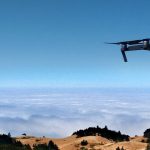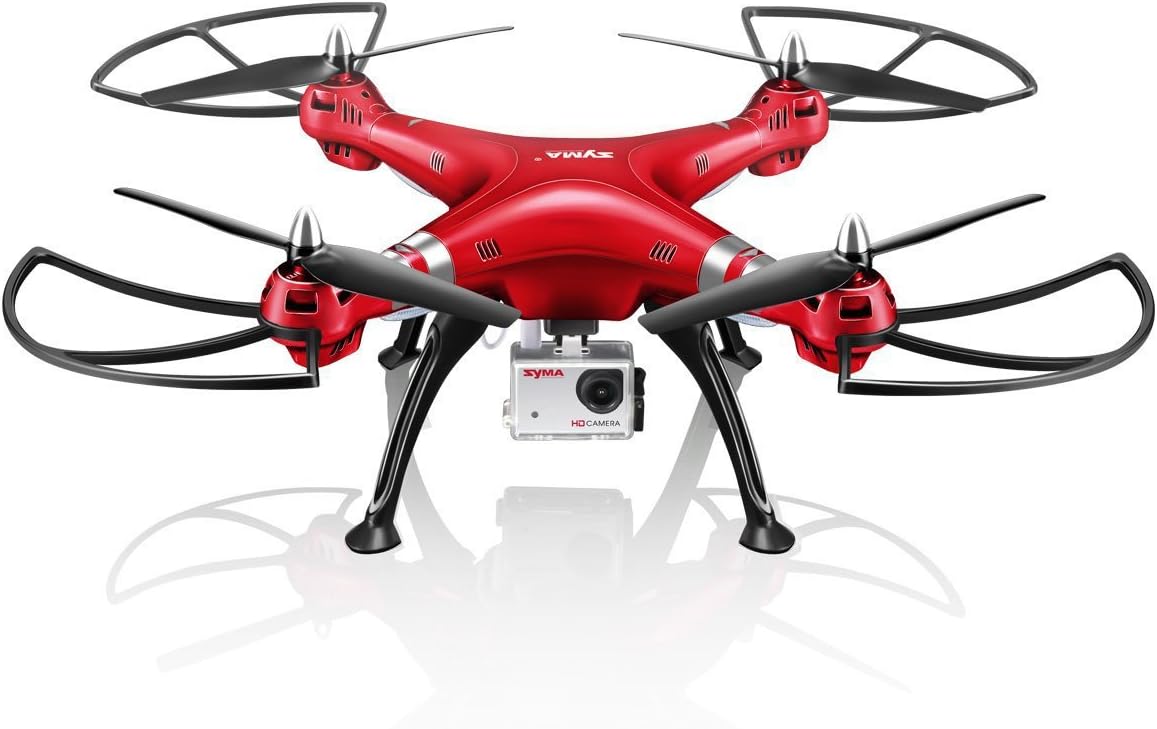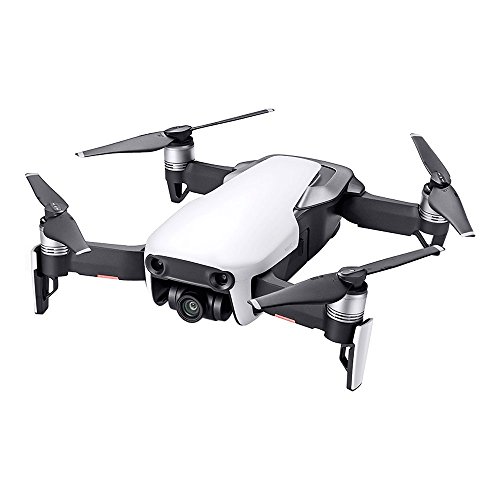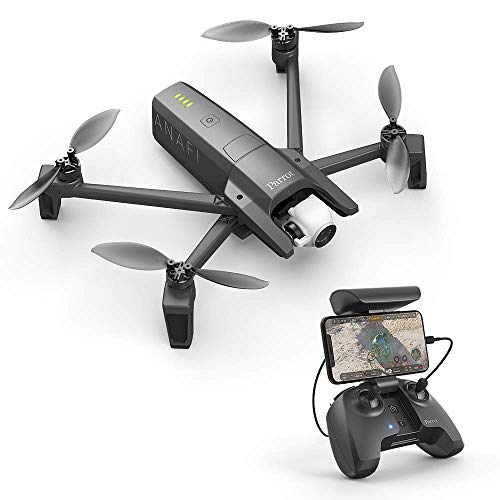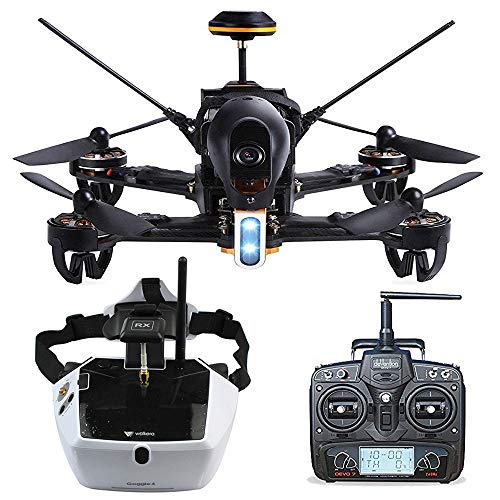Drone Laws in the USA: What You Need to Know
Prior to taking your latest UAV for a test flight, it's crucial to adhere to drone regulations. Drones, unlike RC cars and boats, require a permit and compliance with the Federal Aviation Administration (FAA) guidelines. While drone flights offer a thrilling experience, neglecting these rules can lead to fines or more severe consequences. Stay on the right side of the law by following these USA drone regulations for a trouble-free flying experience.
Disclaimer: Please do not refer to this article as legal advice. We are not responsible if you ever break the US laws on drones as these gradually change from time to time.
Recreational Drone Regulations vs Commercial Drone Regulations
There are two sets of rules for each drone: the regulations for the recreational/consumer drones and another for the commercial/industrial drones. For recreational drones, there is one important rule to follow: the “line of sight” rule, also known as keeping the drone within visible sight at all times. This also means keeping your drone away from the delivery space of commercial drones. I will discuss this in the next segment.
Remembering the Most Crucial FAA Guidelines
Before getting started, do note that you will need to register your drone at the FAA before anything else. I will post the exact rules stated by the Law. Just remember that they are subject to change. According to the FAA:
- Register your drone, mark it on the outside with the registration number, and carry proof of registration with you.
- Fly only for recreational purposes.
- Follow the safety guidelines of a community based organization.
- Fly your drone at or below 400 feet when in uncontrolled or "Class G" airspace. This is airspace where the FAA is not controlling manned air traffic. To determine what type of airspace you are in, refer to the mobile application that operates your drone (if so equipped) and/or use other drone-related mobile applications. Knowing your location and what airspace you're in will also help you avoid interfering with other aircraft.
- Do NOT fly in controlled airspace (around and above many airports) unless:
- Keep your drone within your line of sight, or within the visual line-of-sight of a visual observer who is co-located and in direct communication with you.
- Do NOT fly in airspace where flight is prohibited. Airspace restrictions can be found on our interactive map, and temporary flight restrictions can be found here. Drone operators are responsible for ensuring they comply with all airspace restrictions.
- Never fly near other aircraft, especially near airports.
- Never fly over groups of people, public events, or stadiums full of people.
- Never fly near emergencies such as any type of accident response, law enforcement activities, firefighting, or hurricane recovery efforts.
- Never fly under the influence of drugs or alcohol.
Recreational flyers should know that if they intentionally violate any of these safety requirements, and/or operate in a careless and reckless manner, they could be liable for criminal and/or civil penalties.
Why You Cannot Fly at Certain Areas
If you never understood the obvious yet, flying at certain restricted areas such as airports and police business will result in a penalty (civil or criminal).
A drone near the airport within 5 miles may turn into a fatal accident for an incoming plane. Also, your drone will show up at their comm center.
Flying over security-based areas such as criminal investigations, firefights and law enforcement as this will count you as a suspicious person or interfering with police business.
You also cannot fly over large events such as sports and concerts as any recording that you have done with a drone will result in piracy; equivalent to jail time.
You cannot fly over 400 feet as this will also trigger the FAA’s radar, targeting your drone as an obstruction in the US air space and drone deliveries. Failure to comply with the rules may cause the FAA to charge you at least $27,500 for civil penalties and $250,000 for criminal penalties.
Some Areas Have Legal Airspace
If you want to test out your drone’s altitude but want to go beyond 400 feet legally, you can always join drone festivals and races where you can freely fly your UAV anywhere as long as you are in the zone. These happen commonly around the country so you should be able to join one easily as long as you live in a major city. Also, there are some certain drone hotspots located around too - dedicated spaces where you can freely fly your drone. You can check out the hotspots here.
Follow the Rules and You’ll Be Fine
As long as you stay true to the guidelines, you’ll be alright. After all, it’s not much different as driving a car or sailing a boat since any vehicle includes rules and regulations.
FAQs
According to many drone users, yes, USA does have the most strict drone laws compared to other countries due to many restrictions according to the FAA.
You may either register to the FAA in their physical department or on their website. Signing up should only take you a few minutes to finish.
The skies in USA have tight security. Once you go past 400 feet, the FAA will automatically detect your drone and will immediately send authorities to speak with you.
Currently, there are 24 states with drone laws since 2013.
Alaska, Arkansas, California, Florida, Idaho, Illinois, Indiana, Iowa, Kansas, Maine, Mississippi, Montana, Nevada, North Carolina, North Dakota, Oregon, Pennsylvania, Tennessee, Texas, Utah, Vermont, Virginia, West Virginia, and Wisconsin.





